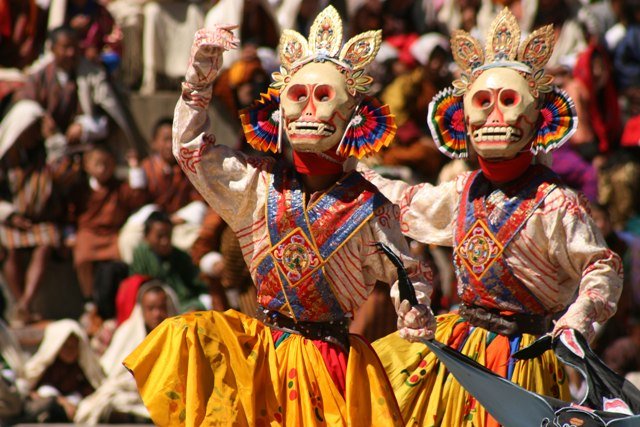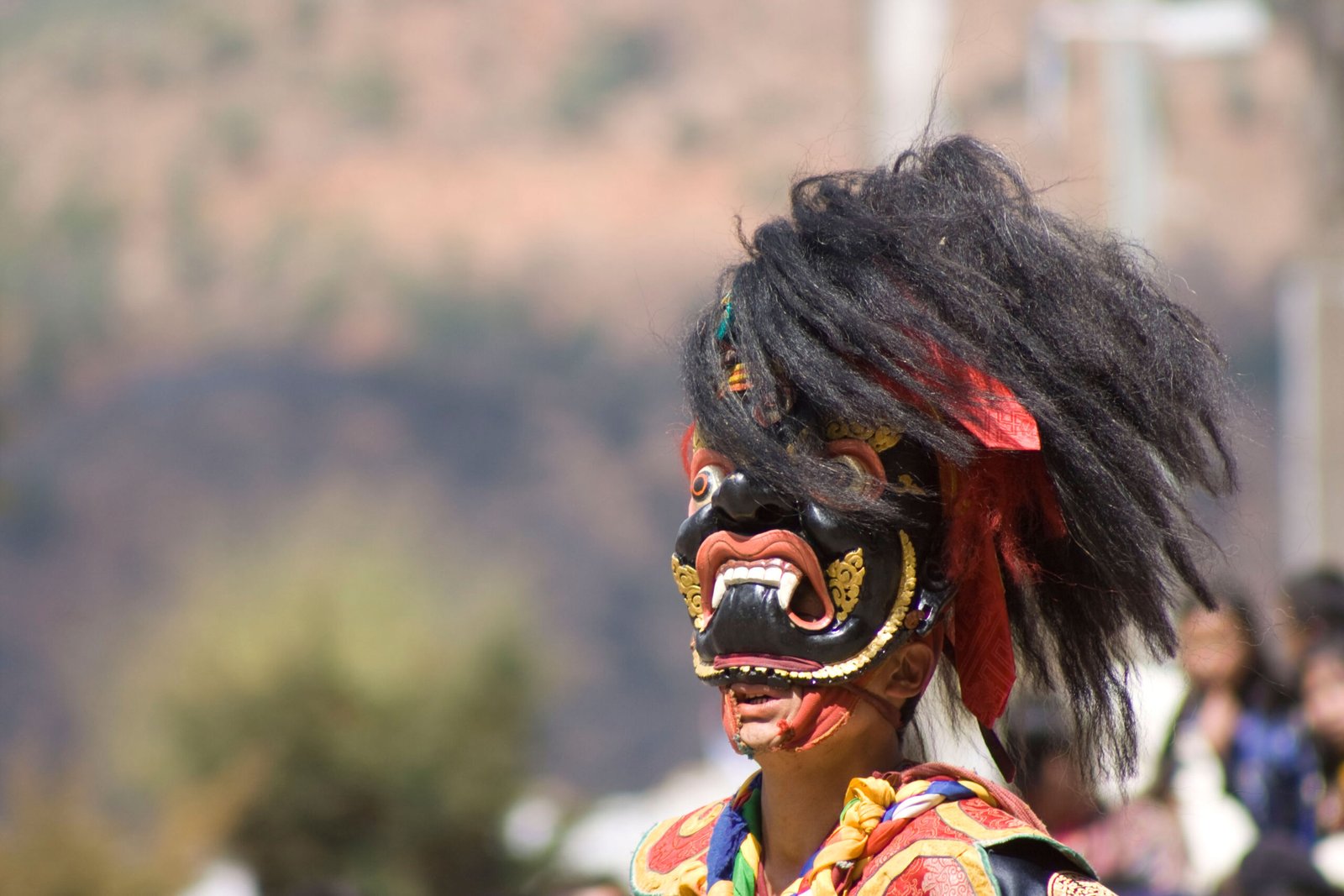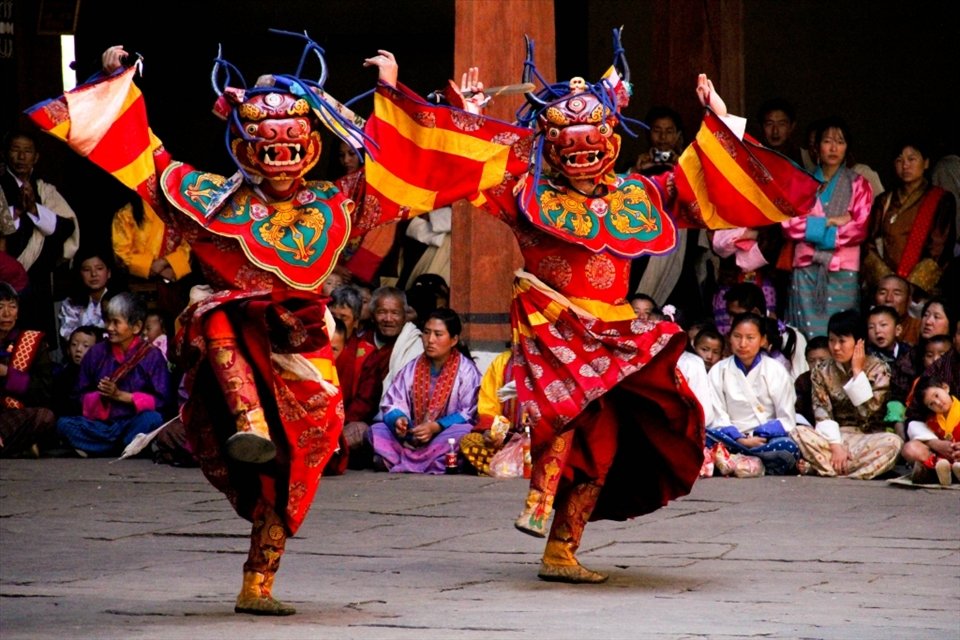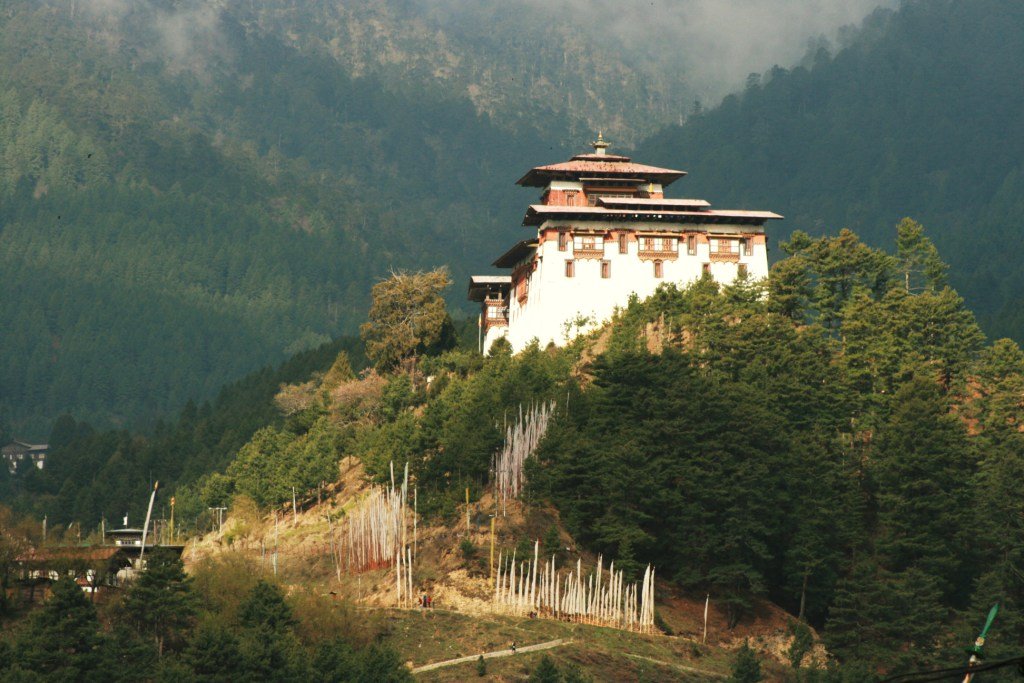
Thimphu Drubchen
Trashichhoedzong Thimphu, BhutanIn the vibrant capital of Bhutan, Thimphu, a unique religious festival known as Thimphu Drubchen takes center stage, preceding the grand spectacle of Thimphu Tshechu. This is held over three days before Tshechu and is a deeply rooted tradition that has captivated both locals and visitors for centuries. However, the 2nd day is considered the most important. The origins of Thimphu Drubchen can be traced back to the early 18th century, when Kuenga Gyeltshen, the first reincarnation of Jampel Dorji and son of Zhabdrung Nawang Namgyel, introduced it. According to legend, Kuenga Gyeltshen witnessed the deity Palden Lhamo performing sacred dances while he was in meditation. Inspired by this divine vision, he initiated the Drubchen ceremony. The heart of Thimphu Drubchen lies in its mesmerizing mask dances, performed by monks and dedicated to Palden Lhamo, the protector deity of Bhutan. These dances, believed to possess the power to ward off…








